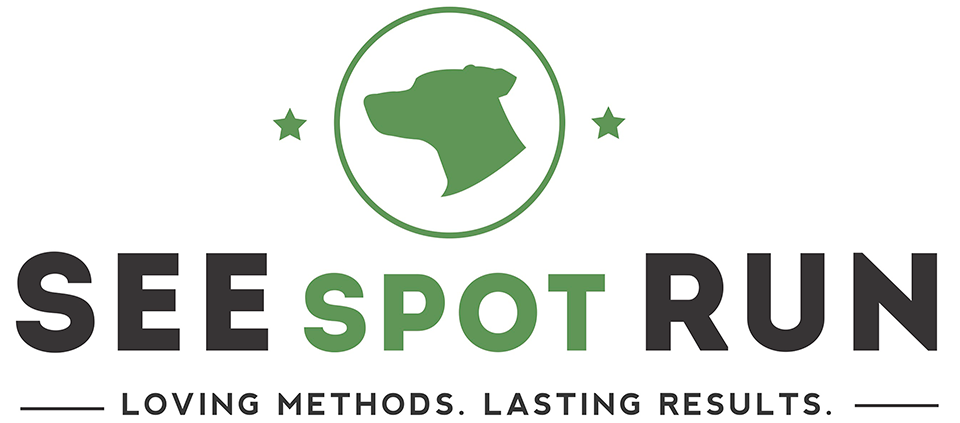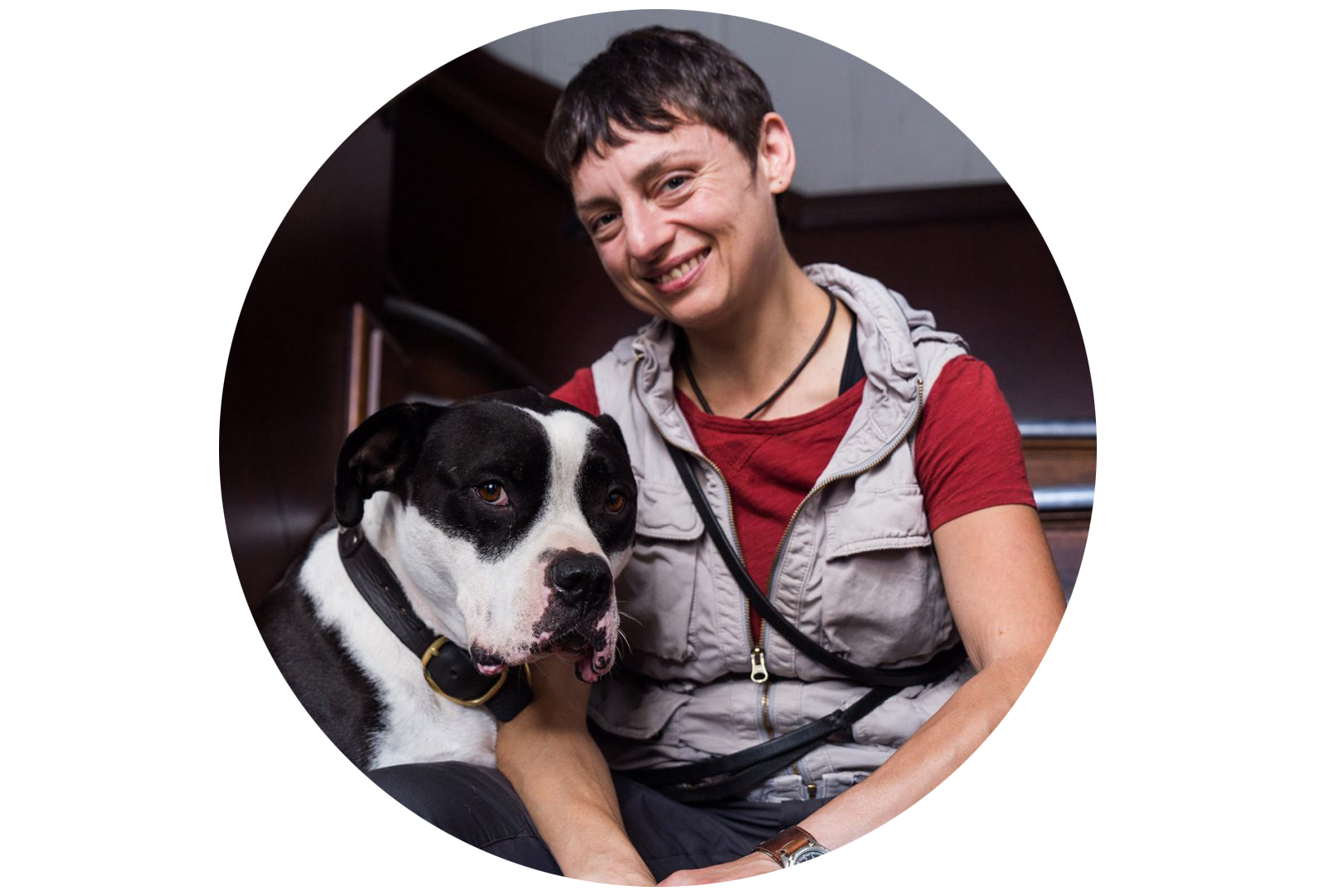This article was originally published in the Spring 2019 issue of the IACP Canine Professional Journal.
Chicago’s rescue community was rocked in January by the loss of thirty-one dogs to an early morning kennel fire. The tragedy occurred at a small suburban boarding facility known for housing and rehabilitating dogs that other trainers wouldn’t readily take. A long list of foster based rescues utilized the facility for their most difficult-to-place dogs. Not surprisingly, it was overcrowded.
Tough questions emerged in the fire’s aftermath, regarding the experience of homeless dogs undergoing behavior rehab and the ethical obligations that go along with saving a life. It’s been suggested that the welfare of the sixty dogs on premises was already badly compromised before the fire broke out, that some rescues may have turned a blind eye to poor conditions and questionable practices, that the trainer renting the property was well-intentioned but overwhelmed.
One of the dogs that died in the fire had been slated for evaluation at my training facility in the following weeks. She was making slow progress, and the rescue wanted a fresh take on her capacity to be made adoptable. I remember that conversation well, including my concern over sounding more cynical or less compassionate than expected. Providing training and behavioral support to dozens of private shelters and rescues has taught me how essential it is to set clear boundaries up front.
It’s not just about my own interests, although as a business owner, I have those, too. It’s about minimizing the possibility that my involvement could undermine anyone’s safety, waste a rescue’s resources, or actually worsen a dog’s situation.
At the end of the day, I don’t want to be in the business of making dangerous dogs look more adoptable—something we all know a good trainer is perfectly capable of doing. I don’t want to put my family or staff at unnecessary risk, or put my name on a dog I could see doing serious damage down the road. I don’t want to promote or profit from investment in a dog that stands little to no chance at succeeding long-term, and regularly refuse dogs that are plainly ill-suited to learning in a kennel environment or likely to disrupt other clients’ training programs.
In order to minimize risk of doing harm and maximize the positive impact of my work, I do my best to follow some basic rules.
Take a Full History
Gathering an accurate history on a dog in rescue can pose a real challenge. By the time a professional trainer is brought on board, a dog could have multiple failed placements under his belt and sport a narrative based entirely on second and third-hand accounts. It won’t be possible in all cases to form a cogent picture or pin down every relevant detail, but it’s important to put in the effort.
We require adoption counselors to fill out the same behavior evaluation form as every other client, and request permission to contact previous fosters and adopters. If other trainers or behavior professionals have assessed the dog, we ask for written copies and/or permission to communicate directly with them. If direct communication is discouraged, prior assessments dismissed, or if evidence surfaces that a dog’s history has been misrepresented, that’s a serious red flag. If another behavior professional either declined the dog or recommended euthanasia, it’s worth finding out why. Even if that person’s skills or methods differ from yours, it’s better to reach out than to assume their input would not be valuable.
It’s also a matter of accountability. Individual volunteers may be powerfully motivated to soft-peddle a dog’s bite history, offer excuses for past aggression, or blame the poor judgement of previous owners or fosters. Keep in mind that a history of prior placements doesn’t just provide insight into the dog. It tells you something about how the rescue itself operates and what sort of situation the dog is apt to wind up in next.
Understand the Goal
In many respects, a rescue or shelter is just like any other client. You need to understand their goals and expectations, in order to know if you support them and determine if you can meet them.
Are they looking for better manners to boost a diamond-in-the-rough’s adoptability quotient, or seeking guidance as to whether a dog should potentially be euthanized? These are different goals that require different approaches, even down to the role of social media. Developing a following for a dog on Facebook or Instagram will surely help in the first situation. In the second, it could easily interfere with a group’s ability—or even your own—to make an objective and responsible decision.
What is the organization’s standard of adoptability? What are their criteria for fosters and adopters? What is their budget? These are essential questions, even if they are uncomfortable to ask or difficult to answer. Nearly any dog can be successful in the hands of a pro, but if the result of weeks or months of rehabilitation is a dog whose success will always be contingent on a highly structured environment and expert handling, that may not be good enough.
What will happen if you determine the dog poses significant risk? Will your assessment be taken seriously or put aside in pursuit of a more favorable one? Is the priority to make safe and successful placements or to save the dog at any cost?
Know Your Limits
Rescues often ask fewer questions than regular clients. They may be under pressure to move a dog quickly or desperate for help with serious behavior problems. It may be tempting to jump at the opportunity to be a hero, but preparing a dog whose breeding was likely irresponsible, whose early training was almost certainly neglected, and whose background is poorly documented—all for a future you cannot remotely foresee—is a pretty tall order, and the stakes can get very high.
Respect your own limitations, along with those of the dog and any future adopter. If the behavior issues in play are outside your wheelhouse to assess or address, consider referring to a more qualified trainer or behavior professional in your area.
Along with acknowledging the limits of your own knowledge and competency, it’s fair to acknowledge personal limits on the types of rescue or adoption practices you feel comfortable facilitating. For example, I choose to lend support to rescues pulling dogs from local shelters ahead of those importing dogs from out of state or overseas.
Guiding a dog in need down the path to his forever home can be profoundly rewarding, and in a world where a professional trainer’s stamp of approval could be the difference between life and death for some dogs, it may be hard to make consistently rational choices. Remembering our own ethical obligations—to the dogs themselves, to their future adopters, to the rescues that hire us, and to our local communities—can help us to stay clearheaded and able to make (and live with) emotionally difficult decisions.


